Art photographers in the 1970s were taking and looking at pictures without worrying too much about what constitutes a picture, or the ontology of photographic pictures. The street photographers worked within pictorial realism without being bothered about the epistemic value (namely the value pictures possess insofar as they may furnish a viewer with knowledge of the things they depict) compared to handmade pictures such as paintings or prints. It was taken for granted that the on-the-street snapshot photography was within the broad realist tradition and the common place. As a common place expression, it was part of the popular, vernacular image culture with all its paradoxes and polarities. Its realism was an art of the everyday, just like cinema.
These assumptions were reinforced by two influential exhibitions of snapshot photography: Edward Steichen’s The Family of Man (1955) and John Szarkowski’s The Photographer’s Eye (1964). The former emphasised the message of the photographs to the exclusion of the medium, whilst the latter emphasised the medium to the exclusion of the complex social and political network to which the snapshot is bound. Both exhibitions foregrounded the role of the curator, not the artist, thereby re-situating aesthetic genius (or the photographic visionary) from photographer to curator. Both tacitly suggested that snapshots, to paraphrase Hegel, were “the prose of the modern world”— the central mode of visual perception in American modernity.
For Kodak visual understanding is snapshot understanding. The snapshot aesthetic is usually understood as an informal photograph taken quickly, typically with a small, handheld, high quality 35mm camera. Realism was often interpreted as a ‘styleless’ or transparent style, a mere simulacrum or mirror image of visual reality, a transparent picture mechanically produced. Realistic looking snapshots often seem to have no style at all, or appear unstylized. As photo historian Geoffrey Batchen puts it, the form of amateur photographic practice snapshot photographs is “predictable, conservative, and repetitive in both form and content”.
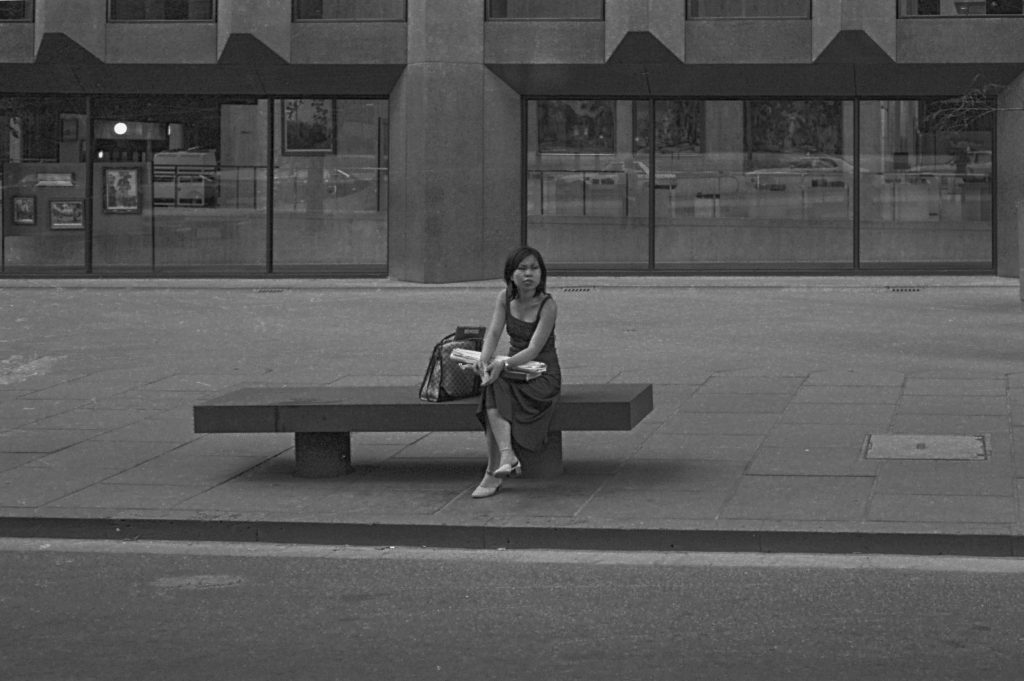
The use of deadpan images by the modernist, conceptual movement picked up the snapshot aesthetic because it was the antithesis of romantic imagery, creativity and narrative.The pictures in Ed Ruscha’s book Twentysix Gasoline Stations (1962) have no people in them, do not document a particular journey, and have no sense of a narrative. The book is characterized by the use of serial photography, a wry sense of humour and the use of small amounts of text. In Australia Robert Rooney’s idea of the camera as a “dumb recorder” of the most ready-at-hand patterns of daily life is another example. His serial production of artworks derived from Minimalism, whilst his use of Kodak’s industrial methods of production questioned the fetishisation of the unique original art work and displaced notions about creative authority.
Snapshots, far from being innocent transparent pictures, are pre-meditated, culturally defined, and oriented toward a very particular end. They are culturally inscribed and their form and content is determined before anyone presses the shutter button. There is a duality in this aesthetic: spontaneous yet composed; authentic yet constructed; realistic yet sophisticated. The visual style is constructed precisely to seem unconstructed, manufactured to be read as spontaneous. This “absence of style” is itself a style —- it was used in both the documentary traditions of dissent and resistance with their attempts to present a truthful representation of events; and in advertising to provide glamour, aura, and refinement to countless products, brands and organisations within a visual rhetoric of authenticity. A feature of snapshot photography is its ability to arrest the linear course of events, and to offer still’ slices’ of the undetermined flow of time and movement. These ‘frozen’ fragments of reality have been interpreted as both preserving a lasting memory of what has been, and a photo-image making as an immediate experience of everyday life.
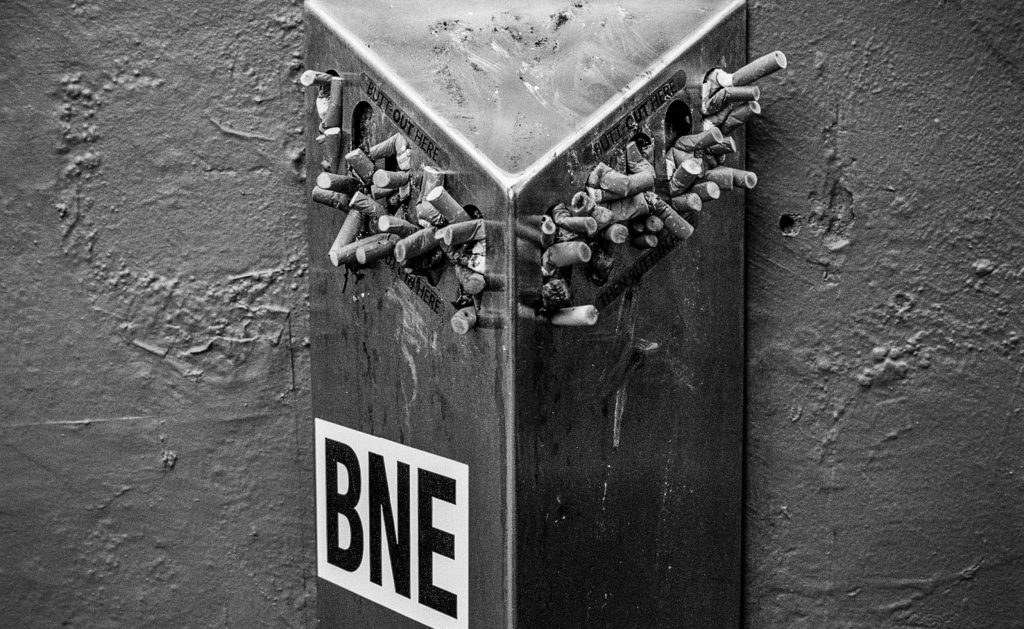
The modernist appropriation of the snapshot aesthetic in art photography is exemplified by Robert Frank, Garry Winograd and Lee Friedlander. Underpinning this art photography was a key tenet of a modernist aesthetic: that an art photograph functions as an expression of the photographer’s subjectivity, a vehicle for his/her thoughts, feelings and so on. If art photography’s achievements are based largely on an aesthetic of the photographic – meaning that there are distinct inherent properties of the medium itself that give it value as an art-form —- then the skilled practitioner can employ these properties in order to produce expressive work. This is outlined in John Szarkowski’s ‘Introduction’ to The Photographer’s Eye.
One aspect of the culture of the snapshot is the entrenched convention of the street photography’s ethos of shooting and hunting on the urban streets; the camera as a gun always ready to shoot. This is an inherently aggressive act in which the snapshot photographer exercises power over what is photographed. In her On Photography Susan Sontag critiqued the predatory male photographerlooking for meaningful, memorable moments to record for artistic or personal use. Implicit in this strand is the idea of the separation and prioritisation of reason in relation to emotion. This characteristic of modernity is itself closely tied to modernity’s own progressivist agenda: the betterment of human being is associated with the escape from our emotional attachments through the liberating power of reason alone.

A different possibility to the uncaring and detached photogpraher is offered by snapshot’s potential to express one’s own vision of oneself and of history. Carol Jerrems, Ruth Maddison, Sue Ford and Ponch Hawkes used snapshot photography as an intimate expression of individual concern to counter photography’s masculine gaze and its aesthetics of detachment. This strand lends itself to the creation and validation of a personal history, alternative modes of social belonging, the potential to aid the construction of alternative group identities, and the shift towards feeling and expression.
An example of the affective turn in art photography is Nan Goldin’s snapshot photography of the hard-drug subculture of the Bowery neighbourhood in New York in The Ballad of Sexual Dependency, and of herself, her friends, family and community in the latter Soeurs, Saintes, et Sibylles (Sisters, Saints, and Sibyls). This moves photography towards a more interconnected and embodied sense of passionate community. Another is Jane Gallop’s personal mediation of living with Dick Blau’s intimate photographs of her private life and her family for 20 years. In contrast to the intellectual indifference of the anti-aesthetic tradition the significance of emotion in these snapshots means that the photographs become formations of and conduits for passion, compassion, empathy, connection/disconnection, and social intersubjectivity.
A third strand in a snapshot culture interprets snapshots as a central mode of understanding of the transitory, fleeting character of industrial modernity, and the critique of everyday life, with its historical tensions, messy everydayness and mundaneness. In so far as we see everyday life in terms of photography, snapshot photography signaled a reconfiguration of the way in which we understand ourselves to that of painting; and, equally, the way in which we understand ourselves in relation to history in industrial modernity. Siegfried Kracauer‘s account of the relationship of the photographic image to everyday life and history in the city of industrial modernity in terms of how an enlightened modernity might transcend its capitalist shackles and deliver on its promise of mass equality and freedom. Kracauer interpreted the Weimar Republic’s chronic instability as evidence of the Enlightenment’s unfinished project of rationalisation. The question he posed was: if the conditions of Weimar Germany resulted from the forestalment of the Enlightenment project, then could the mass entertainments and representational media of the modem era potentially radical surface expressions of modernity’s mostly unrealised liberatory potential?
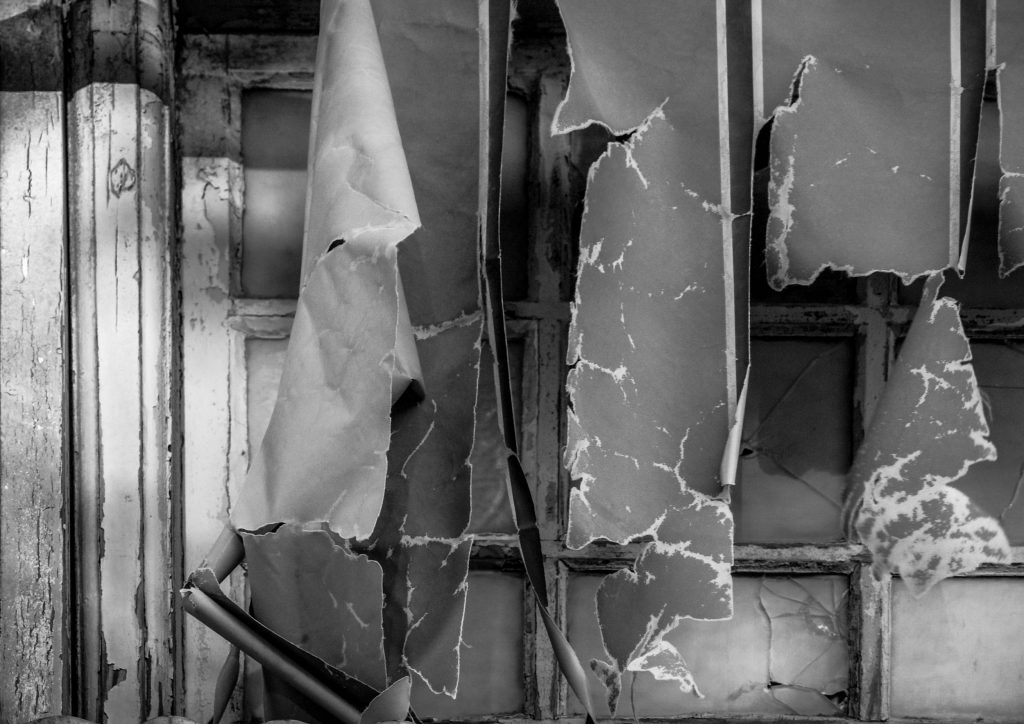
In exploring the petrified, everyday urbanscape of history in modernity through the surfaces of the snapshot, Kracauer held that, though the photograph is a representation of time, photographs need to be distinguished from memory images:
“An individual retains memories because they are personally significant. Thus, they are organised according to a principle which is essential different from the organising principle of photography. Photography grasps what is given as a spatial (or temporal) continuum; memory images retain what is given only insofar as it has significance. Since what is significant is not reducible to either merely spatial or merely temporal terms, memory images are at odds with photographic representations.”
Kracauer held that it is possible to read photographs as material expressions of a particular historical condition. He says that modern photography:
“is a secretion of the capitalist mode of production. The same mere nature that appears in the photograph flourishes in the reality of the society created by capitalist mode of production …The turn to photography is the go-for-broke of history.”
The go-for-broke of history refers to new possibilities surfacing in the ability of the photographic approach to grasp the everyday life that industrial capitalism has created. In a seemingly autonomous society and culture that appears as a state of nature, photography as a medium could potentially undermine the uncritical assumptions of a positivist discourse by giving the presumably dead world of things a form of speech. Kracauer argues that the photograph presents us with a radically discontinuous temporality, a set of “alien trappings” from the past, which reveal the arbitrary nature of past conditions; and by implication the arbitrary and “provisional status of all given configurations”, including those in the present.
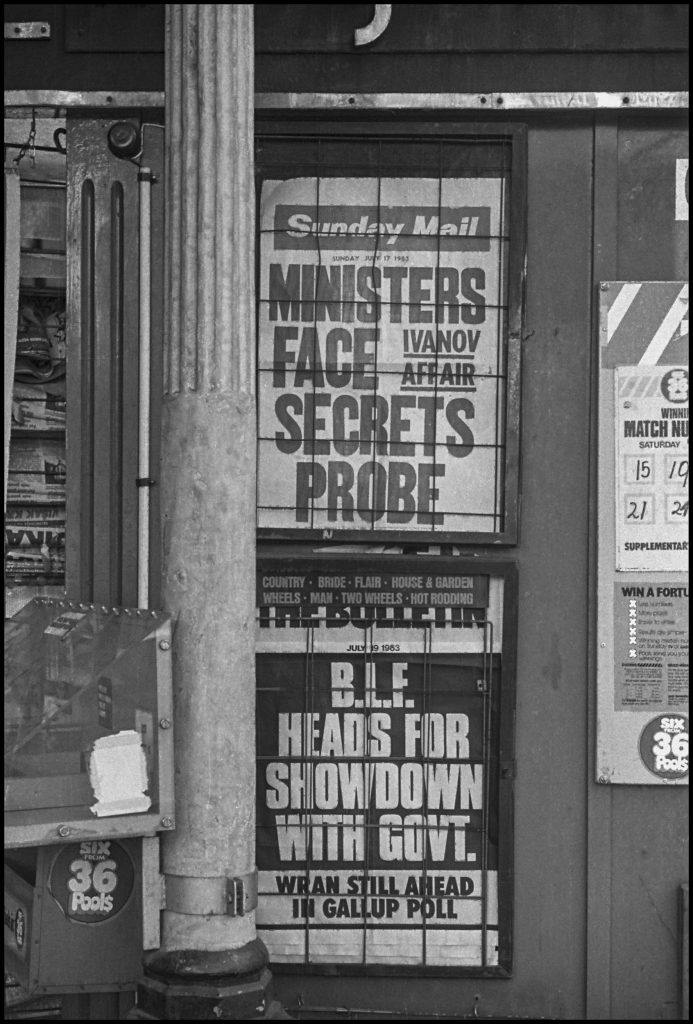
Photography’s lack of ‘historical’ depth, the fact that it captures nothing more than a mere residuum, provides an important degree of critical distance with respect to our former entanglement with capitalism and its corresponding economic laws. Kracauer’s combination of Jewish messianism, Gnosticism, and Marxism’s vision of creation and transformation held that photography ruptures the ostensible coherence of the dominant culture and publicity; reflects the disintegrated fragments of nature as detritus and disorder; and reconfigures the elements of nature in an emancipatory way. This points to the provisional status of all given configurations and the suspension of habitual relationships.
Walter Benjamin reworked Kracauer’s connections between the photographic image, history and the images of industrial capitalism. He observed that Atget’s photos depicting empty urban streets and the bare facades of Parisian architecture were a veritable production of visibility. Benjamin, held that what has been lost in the everyday life of industrial modernity is the capacity to assimilate, recollect and communicate experience to others (Erfahrung). This has been replaced by the sense of everyday life as a series of disconnected impressions with no common associations (Erlebnis). Benjamin’s concept of profane illumination is the gesture that redeems the fragmentary as fragmentary, takes up the disenchanted fragments of the past, lifts up these shattered or obsolescent images and objects and interprets them anew in order to redeem them in light of the very lost totality of which they were previously a part.
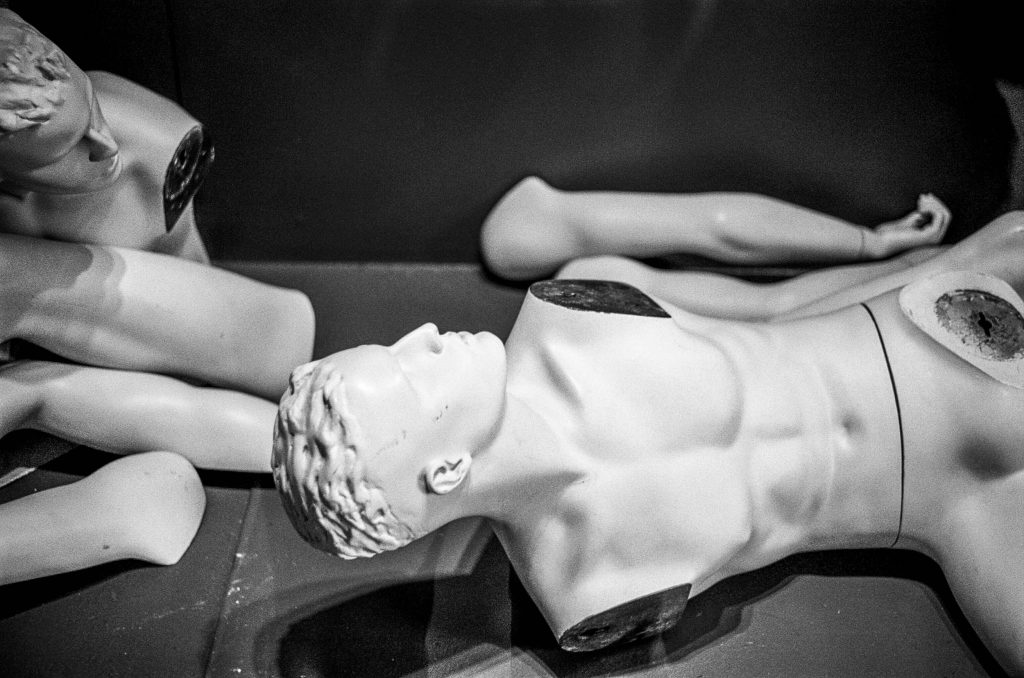
For Kracauer and Benjamin photography was substantively associated with the modernist city in the 20th century. There was a historical relationship between its urban spaces, urban representations and the photographic/cinematic form. Photography was part of the experience of modernity, especially that of the flâneur, or city stroller, a figure of modernity characterised by their detached observations of urban life, being simultaneously of the city, and yet distanced from it by their spectatorial gaze. Photography has the character of a fragment and we can redeem the fragmentary as fragmentary by lifting up the shattered ruins, refuse and detritus anew out of their history. This form of remembrance is a redemption of what has been lost.The snapshot opens up the unconscious optics, just as psychoanalysis does for our unconscious impulses. The snapshot’s mimesis facilitates the possibility of forging a link between self and other through our desire to seek similarities in the world as a means of relating to and empathising with others.
Henry Lefebvre broadened this by arguing that everyday life is a specific mode or form of life: ie., although there has always been ‘daily life’ the process of modernity has resulted in a new experience of time and space with its new routines, new technologies and a new emphasis on leisure which transformed daily life into everyday life. The street is the microcosm of everyday modern life, for it is the street where the city, the urban spectacle and everyday life shines the brightest. Alas, under the guise of a style of life mass culture with its promise of eternal happiness comes to colonise everyday life. What it delivers with its distractions for exiting, or getting away from, the rationalised routines of everyday life is a fleeting satisfaction. Tourism is a well known example of this getting away from.
————————————-
Kracauer and Benjamin’s insight that photography was central to how modernity was experienced and understood in the city of industrial modernity was not well known in Australia in the 1970s or the 1980s. The 1980s was the period of the postmodern resistance to, and critique of, the frozen assumptions of Clement Greenberg’s style of American modernist formalism; and the deconstruction of the legacy of modernist photography as a fine art. The postmodernism of Art and Text, which highlighted Andy Warhol’s comprehension of the art world as a spectacle, held that the 1970s celebratory modes and feminism’s politics and art were the past.
As a critical photo discourse postmodernism took the various forms of studio practice, appropriationist art practices, issues of identity and the body, rejection of the purity of specific artistic medium in favour of the tradition of a mixed and hybrid media and the conflation of realism with positivism. This postmodernism, in highlighting the importance of pictures as pictures, highlighted the significant change in our cultural world: the excess of images outside of the institution of art, the sense that the primacy and exclusivity of “pure” or “high” art was giving way before the vernacular visuality of everyday culture; and the undermining of the separation of art history from visual studies.
Postmodern photography in Australia in the 1980s explored of the field of photography itself, consumer imagery, art history and the commercial applications of photography in advertising. This exploration — eg., Imants Tillers, Juan Davila, Anne Zahalka, Bonita Ely, Pat Brassington, Julie Rrap and Tracey Moffat — was a critical playing in the field of the image through employing a strategies of quotation, parody, juxtaposition and disjunction to question and comment on the culture and conventions of the visual art. This displaced the modernist emphasis on employing elements of the photographic aesthetic as an expression of the artist’s interior world or subjectivity. Postmodernism enabled the shift from engaging in photography about photography, to an image-making about the image.
Kracauer and Benjamin’s insights about a fragmentary urban life and historical memory were deemed to be of little value because postmodernism equated street photography with documentary photography and interpreted it as being intrinsically transparent to its subject matter. This transparency rendered snapshot photography impossible as an art work, because in merely giving us the object it cannot have aesthetic significance. In the theoretical attack on both snapshot photography’s assumptions about truth and on photographic realism as a positivism, realism and positivism were treated as identical. Realism was seen as dated and obsolescent by postmodernism.
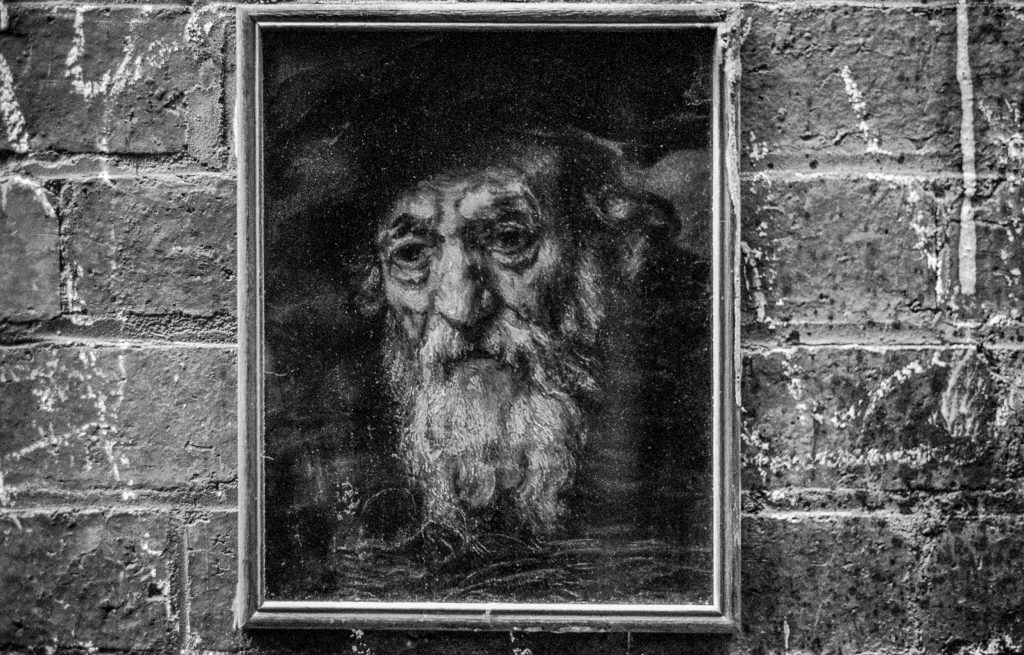
A re-thinking of a realist photography emerged with Photodiscourse: Critical Thought and Practice in Photography edited by Kurt Bremerton in 1981; the first book in Australia to bring together critical thought and theoretical writing and practice into a dialogue. Working Papers on Photography (WPOP), which was produced by ex-students at Prahran Art School between 1978-1983, endeavoured to provide a critical discussion about photography, develop the idea of photographic critique, and explore the ideology of the image. The space opened by these texts to re-think the significance of realist photography, was filled byAllan Sekula’s keynote talk was ‘On the Invention of Photographic Meaning’ at WPOP’s 1980 photography conference in Melbourne. where Allan Sekula’s keynote talk was ‘On the Invention of Photographic Meaning’ where he critically engaged with a photographic discourse.
Sekula argued that the meaning of a photograph, like that of any other entity, is inevitably subject to cultural definition and he critically engaged with a photographic discourse. Sekula showed, firstly, that photography’s indexical relation to the world was more complex than the mirroring one of positivism, and that the various meanings of a photograph is constructed by both its referential status as well as by various cultural systems. Secondly, art photography’s traditional response to the positivist conception of photography (as a window on the world) was to get around photography’s transparency by saying that the picture was mediated by the photographer’s creative decisions, interventions, manipulations and artistic vision.
The implication of this critical discourse was that the photograph as an artwork has the capacity to be about something, or more explicitly it transfigures the object it represents by making it an embodied meaning. This steps outside the boundaries of a modernist art history’s construction of art/non art and postmodernism’s guillotining of realism to provide a link to the Kracauer/Benjamin understanding of photography’s relation to the industrial city with its sense of the fragmentary and the fluidity and turbulence of modernity.
——————-
The snapshots in the Bowden Archives were out of kilter to both the experimentation in narrative, hand-colouring and sequential iimages and the 1980s postmodernism of Art and Text the historical force of snapshot photography lies in the way that it mediates a world gone by. A snapshot photography of everyday, urban life can highlight the fragments in the complex web of relations between the photographic image, history and the effects of industrial capitalism on everyday life. What we glimpse with our eyes fades with memory, but the view represented by snapshot photography attends to configurations of the surface of the world, reproduces minutiae, and encourages a detailed scrutiny of fragments. It offers an image of the past that has been arrested, so that it can be seen again and again.

Snapshots are akin to relics that keep the memory alive. If they are the clichés of visual culture, they are also the containers of old experiences of everyday life. As sites of memory, these photographic images do not offer a view on history; rather they act rather as mnemonic devices in that they are perceptual phenomena upon which a historical representation may be constructed by an interpretive philosophy. The photo does not speak for itself since the image needs to interpreted by situating the fragment within the broader context of a historically, complex industrial modernity.Photography and philosophy are related.
——————————-
References
Candid Camera: Australian Photography 1950s-1970s, Julie Robinson, Art Gallery of South Australia, Adelaide, 2010.
Critique of Everyday Life, Vol. 1, Henry Lefebvre, trans. John Moore, Verso, London, 2008
Eyesight Alone: Clement Greenberg’s Modernism and the Bureaucratization of the Senses, Caroline Jones, Chicago University Press, Chicago, 2006.
Feeling Photography, (eds.) Elspeth H. Brown and Thy Phu, Duke University Press, Durham, 2014.
Illuminations, Walter Benjamin, trans Harry Zohn, edited by Hannah Arendt, Schocken, New York, 1968.
“Little History of Photography” in Walter Benjamin, Selected Writings, Volume 2 part 2, 1931-34, ed. Howard Elland, Michael W. Jennings and Gary Smith, Harvard University Press, Camp. Mass. 1999
On Photography, Susan Sontag, Farrar, Straus & Giroux, New York, 1977
Photodiscourse: Critical Thought and Practice in Photography, edited by Kurt Bremerton, Sydney College of the Arts, 1981.
Photography Against the Grain: Essays and Photo Works, 1973–1983, Alan Sekula, Mack Books, 2016.
Photography At The Dock: Essays on Photographic History, Institutions, and Practices, Abigail Solomon-Godeau, University of Minnesota Press, Minneapolis,1994
Photography: Theoretical Snapshots, eds. J. J. Long, Andrea Noble and Edward Welch, (Routledge, London, 2009)
Realism, Linda Nochlin, Penguin, New York, 1971
Snapshot Photography: The Lives of Images, Catherine Zuromskis, MIT Press, Cambridge,
“Snapshots: Art History and the Ethnographic Turn”, Geoffrey Batchen, Photographies 1.2 (2009), pp. 121-42, p.121.
“Surrealism: The Last Snapshot of the European Intelligentsia”, Walter Benjamin, Selected Writings: Volume 2 part 1. 1927-1930, ed. Howard Elland, Michael W. Jennings and Gary Smith, Harvard University Press, Camb. Mass. 1999.
The Photographer’s Eye, John Szarkowski, MOMA, New York, 1966.
What is Appropriation: An Anthology of Critical Writings on Australian Art in the 80s and 90s, (ed.) Rex Butler, Institute of Modern Art, Brisbane, 1996.
What is This Thing Called Photography?: Australian Photography 1975-1985, edited Ewen McDonald and Judy Annear, Pluto Press, London, 2000.